The heroine was a young mother named Elena. While she was pregnant, her unborn daughter was diagnosed with spina bifida, a herniated spinal cord. Thanks to a timely intrauterine operation, the baby was born healthy. The only thing that distinguishes her from an ordinary child is the presence of a shunt in her head, which, however, does not affect her development in any way.
Spina bifida is a herniated spinal cord or spina bifida. This pathology has many consequences: usually all children then begin to have urological problems and every second child cannot feel their legs. In ninety percent of cases, the child develops hydrocephalus, which causes fluid to accumulate in the head; then surgery is needed to install a shunt. To avoid all these complications or at least reduce the risk of their occurrence, it is very important to operate on the fetus in a timely manner. In utero.
To help children with this diagnosis, the Spina Bifida charity program was created . Every year in Russia approximately one and a half thousand babies are born with this pathology.
In 2017, program staff organized intrauterine surgeries in Switzerland for three women from Russia. Among them was Elena, who agreed to tell us her real story.
“The doctor spoke about the child as if he would never be born...”
“At the twentieth week of pregnancy, an ultrasound, which I did at the antenatal clinic, showed that my child had spina bifida. The doctor who consulted me decided to play it safe, because the previous baby he saw had a rare heart pathology and died at the age of two months. As a result, I was sent from Komsomolsk-on-Amur for research to Khabarovsk. The doctors there didn’t particularly want to see me, because there was no reason to worry: the pregnancy was going well. During the ultrasound, the doctor said that the child had a classic case of spina bifida, that it was necessary to terminate the pregnancy, because he would be disabled with a huge head, non-functioning intestines and bladder, crooked legs and would not live long. She spoke about the child as if she knew for sure: my daughter would never be born...
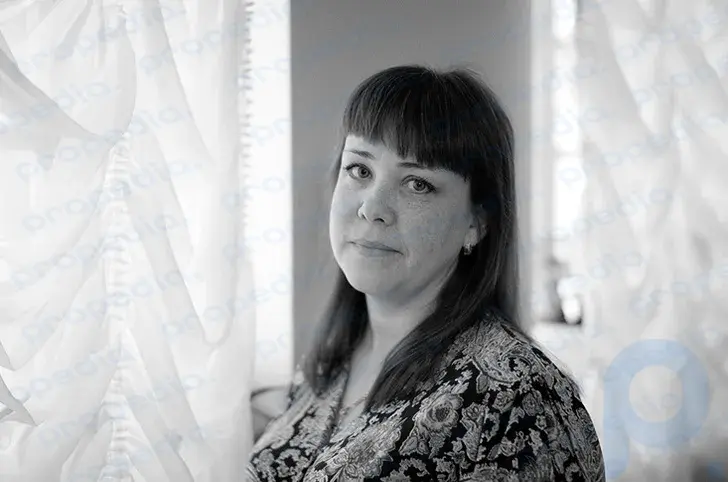
Unfortunately, no one can still explain why this pathology appears. There are studies that say that one of the proven reasons is a lack of folic acid. This is just one of the factors, and it happens that taking a vitamin before and during pregnancy does not help. However, drinking folic acid is still very important: the risk of spina bifida is reduced by a third. All other causes of the disease are some unproven combination of genetic and environmental factors.
The defect is diagnosed by ultrasound around the sixteenth to twentieth weeks of pregnancy. That is why it is very important during this period to conduct research on good equipment from a knowledgeable specialist.
My husband and I really wanted a daughter: we already had three sons. When we asked whether it was a boy or a girl, the doctor said: “What difference does it make to you? Don't give birth anyway. Well girl." We decided to keep the child, wrote a refusal to have an abortion and went home. On the way we went to the temple, it turned out to be Elizabethan. We decided that we would name our daughter Lisa.
there is hope
When we returned from Khabarovsk, my husband and I read on the Internet almost around the clock everything we could find about pathology. We were looking for stories of women who had experienced spina bifida and wanted to find at least one who kept a child. I needed to understand how these children live. Unexpectedly, we came across the story of Katya Sarabyeva, the first woman from Russia to undergo intrauterine surgery. It turns out that during pregnancy, Katya’s son was also diagnosed with spina bifida. She underwent the procedure in Zurich and the baby was born healthy. It meant we had hope and a way out.
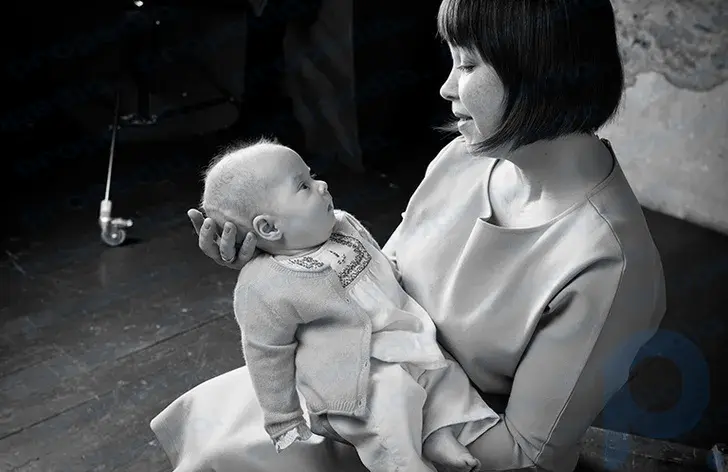
I wrote a letter to Katya and asked her to give me the contacts of the doctors who performed her operation. It turned out that she works as a coordinator for the Spina Bifida charity program, which was created to help children with spinal cord herniation. One of the areas of the foundation’s work is assistance with organizing and paying for intrauterine operations.
I sent my financial documents, ultrasound results and medical records. A few days later, the fund’s employees called me and said: “Get ready!”
A week after the diagnosis was made, I was in Moscow, and two weeks later I was in Zurich. When I realized that I had hope and a way out, I didn’t think for a second, I was ready to immediately do whatever they told me. I had one goal - to save my daughter. The organization helped me throughout the entire journey: it paid for medical tests in Moscow, found me housing while undergoing tests, helped me obtain a foreign passport and get a visa to Switzerland within a few days. The foundation also paid for the intrauterine surgery and found volunteers in Zurich who helped me all the time: they met me at the airport and translated unfamiliar speech.
Preoperative examinations, intrauterine surgery, my stay in the hospital, regular consultations with doctors, a caesarean section and examination of the child after birth cost a completely unaffordable amount for us - approximately six and a half million rubles.
More than three and a half thousand people donated to the website helpspinabifida.ru to help Lisa and me. Part of the expenses was covered by the Pomogi.Org fund. Spina Bifida staff forwarded me messages that people sent to the fund along with money. They contained words of support, wishes for health and strength. I lay in the ward, read these words and cried. I never thought that so many people would come to my aid in the fight for Lisa’s health.
The beginning of the way
Dr. Moily, who was to perform the operation, said that an additional ultrasound was needed because the fetus was suspected of having a heart condition. “If this is confirmed, we will not perform the operation,” the doctors said. Of course, I was very upset: the hope of salvation was fading. Fortunately, everything turned out to be normal. The operation took place two weeks after I learned about the diagnosis. It was necessary to hurry, because surgery can only be done before the twenty-sixth week of pregnancy. Of course, I was warned about possible risks (dehiscence of the sutures on the uterus and abdomen, death of the child during the operation), but this did not happen in Moily’s practice.
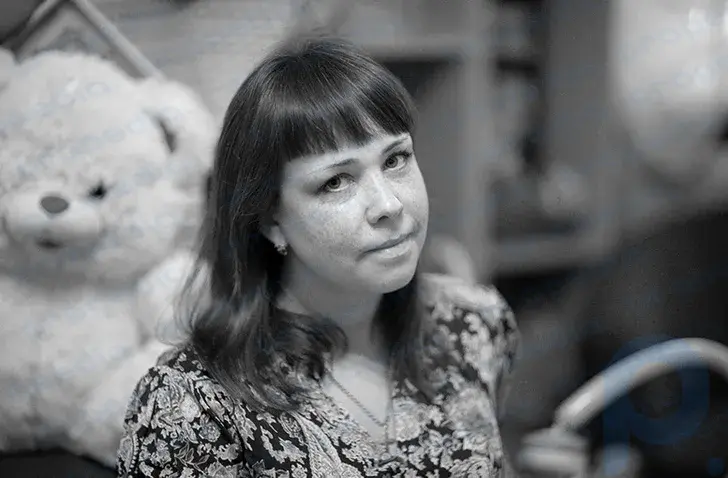
Intrauterine surgery is an extremely complex procedure. Not only because it is necessary to get the child out and repair his spinal cord herniation, but also because after this operation the pregnancy should continue for another ten weeks. The procedure is carried out by a whole team of specialists in different fields: a pediatric neurosurgeon with two assistants, an obstetric surgeon, an anesthesiologist, a neonatologist, and a large number of nursing staff. It happens that after the operation the mother experiences complications, and the woman spends the rest of her pregnancy in the clinic under the supervision of doctors. In my case everything was fine.
No one can guarantee that your child will be born healthy. It is important to understand that intrauterine surgery is not a panacea, but the beginning of the path to rehabilitation and social adaptation of the child. Another thing is that such a procedure is one of the most effective methods.
It is approximately thirty percent more effective than postnatal surgery (surgery after birth), almost halves the likelihood of having a shunt installed, increases the child’s ability to walk independently, and in some cases allows the birth of an almost healthy child. This intervention also has contraindications. They are associated with the developmental characteristics of the fetus, the course of pregnancy, and maternal diseases.
After the operation, I felt good, volunteers came to me, brought flowers, and called me every day. This really helped me not to feel lonely. I was discharged two weeks after the procedure. Then I had to go to the doctor every week for consultations, but until the birth I could live outside the clinic. I stayed in a house of Russian people in the suburbs of Zurich. They actually took over all my support for the long weeks between the operation and childbirth and became almost like family to me.
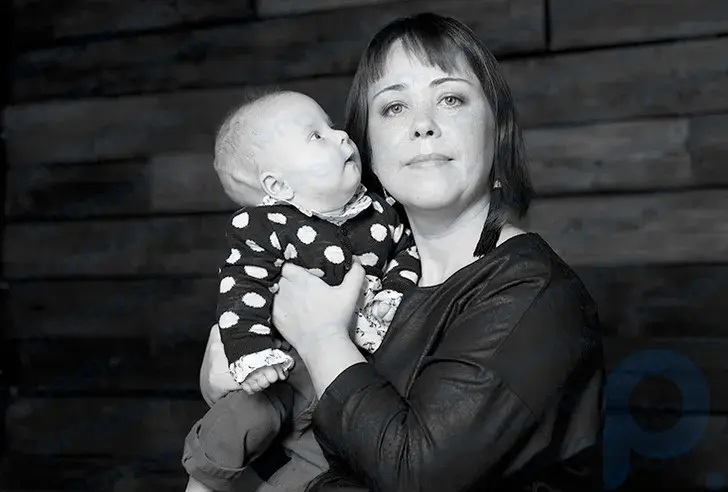
At a consultation at the thirty-fourth week, the doctor said: “The day after tomorrow there will be a birth, come.” Lisa's head began to grow, and the medical team decided that they could not wait any longer. It is necessary to give birth by cesarean section , so as not to damage the place where the spina bifida suturing operation took place. Everything went well, without complications. Immediately after birth, Lisa was taken to a children's hospital. She was observed there for several months, and we were with her every day.
Of course, it was not easy, I missed my family: I left in April, and Lisa and I returned only in August. I knew why it was all being done, there were people around me who supported me, and therefore everything went well.
What impressed me most about Switzerland was the attention of doctors to patients. The doctor, (!) professor was ready to spend almost the whole day telling the patient about the operation. He discussed with me all the details, risks, consequences. Before each procedure, any hospital employee told me why it was needed, what he would do, and how I would feel at that moment - this is very, very important. I have never seen anything like this in Russian hospitals.
“We live like everyone else”
Due to the fact that Lisa’s head began to grow in utero, the baby was given a shunt that drains excess fluid into the abdominal cavity. We need to monitor his work. My husband and I regularly measure the volume of our daughter’s head and send the results to doctors, but in general we just live like other people.
When I found out about spina bifida in my baby, I couldn’t even imagine that it would be possible to go through everything like that and just live.
Otherwise, Lisa is an ordinary child. She has no urological problems, she moves her legs and even her fingers, she develops according to her age and is growing into a very calm and smiling girl. No one knows whether there will be any difficulties with development. Time will show.
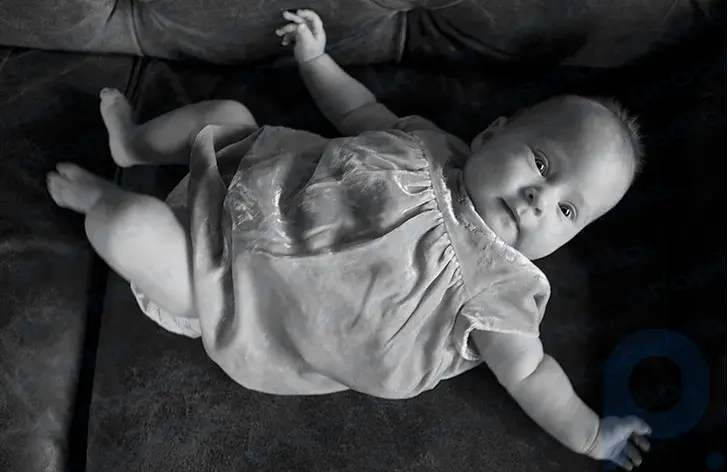
They continue to help us. We met with the foundation's occupational therapist, who told us how to work with Lisa and what to pay attention to. It is very important when there is a person whom you can call and consult at any time. The doctor said that even without intrauterine surgery, children with spina bifida are intellectually intact, they can live a long and fulfilling life. In Europe, for example, children with this pathology, together with other children, go to kindergarten, graduate from school and receive higher education, create families and give birth to children.
Before making any decisions, it is imperative to collect as much information as possible. There is no need to panic and believe all these myths that surround spina bifida. This diagnosis is not a death sentence.
I would also like to say that there are a lot of kind people around. “I will never be able to express in words my gratitude to all those who helped Lisa be born a healthy girl.”
If you also want to help the fund’s wards, you can do this on the program website helpspinabifida.ru or by sending an SMS “SPINA 300” to number 3443, where 300 is the donation amount and can be any.
Photo: personal archive of the heroine
Similar information
- How to Confront a Friend Whose Child Bullies Your Child
- “She gave me a puppy and said: there will be no grandchildren:” A candid story from a mother whose adult daughter now calls herself a man:
- “I just had a healthy child, and now I have cancer”: how a mother saved her daughter from leukemia, fought for child support and met true love

